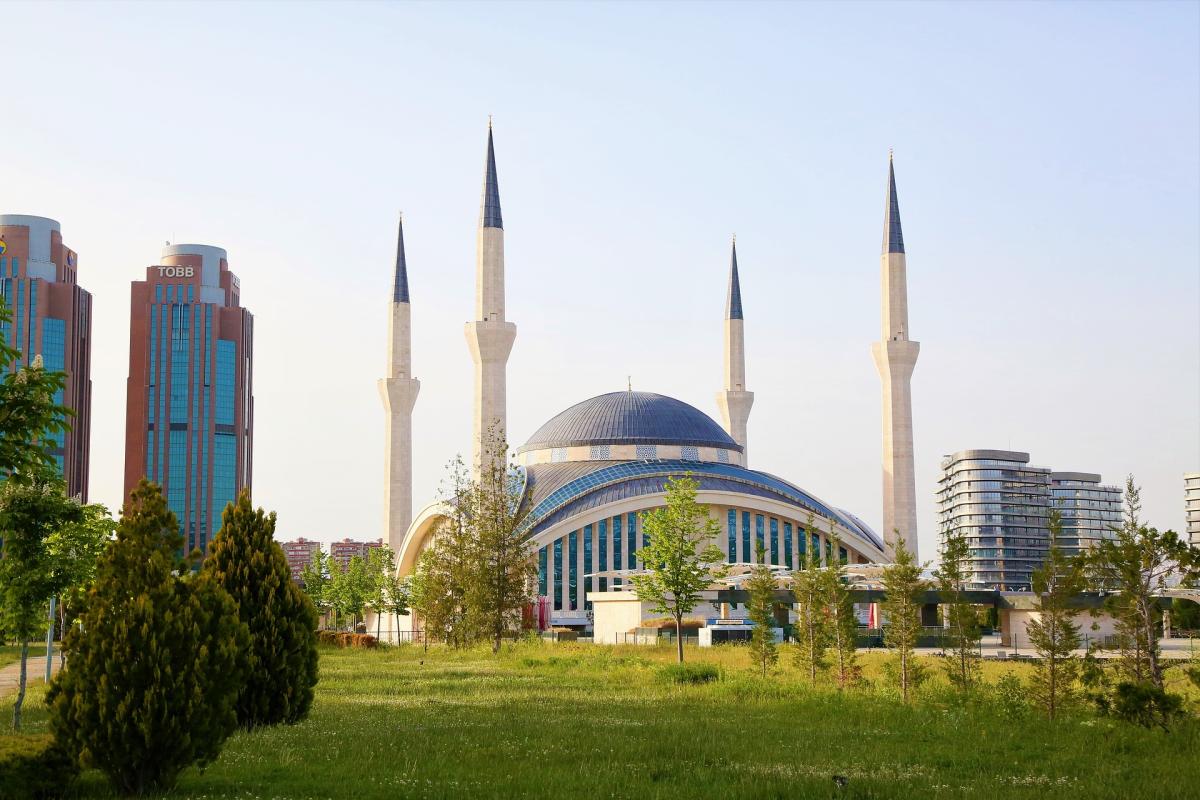
Exploring Ankaras Ancient Streets and Modern Dreams
Ankara, the capital city of Turkey, is a vibrant metropolis located in the central region of the country, known for its rich historical significance and modern urban development. As a key political, economic, and cultural hub, Ankara has played a pivotal role throughout history, especially as a center of Christian activity in the 4th century and later as a crucial site during the Turkish War of Independence, leading to its designation as the capital in 1923.
The city's historical landmarks, including ancient Roman baths and the impressive Kocatepe Mosque, highlight its diverse architectural heritage while also underscoring Ankara's transformation into a modern urban center. The geographical positioning of Ankara at an altitude of approximately 850 meters (2,790 feet) not only contributes to its distinct climate but also establishes it as a strategic transportation nexus connecting various regions of Turkey.
With a population exceeding 5 million, Ankara is the second most populous city in the country, exhibiting significant demographic growth that reflects ongoing urbanization trends.
The interplay of tradition and modernity is evident in its urban layout, which features a mix of planned neighborhoods and historical sites that together create a unique cultural identity. Ankara's cultural scene is marked by a blend of historical influences and contemporary expressions, facilitated by various festivals, museums, and art galleries that celebrate local and international talent.
However, the city also faces urban challenges such as traffic congestion and infrastructure demands due to its rapid growth. The ongoing development initiatives aim to improve quality of life and enhance public spaces, ensuring Ankara remains a vibrant city that honors its past while looking toward the future.
Ankara: Historical Crossroads of Turkey
Ankara, the capital of Turkey, is a city rich in history and cultural significance. It is situated in the central part of the country and serves as a political, economic, and cultural hub. The city is well known for its historical background, especially during the 4th century when it emerged as a center of Christian activity, evidenced by frequent imperial visits and the writings of scholars like Libanius.
Notably, it was the site of several church synods that influenced theological debates of the time, highlighting its importance in early Christian history. In modern times, Ankara has evolved into a vibrant urban area that combines both contemporary and historical elements. The cityscape is characterized by a blend of traditional structures and modern architecture, representing a significant transformation in its urban identity. Noteworthy developments include recreational, ecological, and educational corridors that enhance the quality of life and provide spaces for leisure and learning.
Ankara's role as a capital city also brings about unique urban challenges and opportunities. The integration of modern urban architecture along key thoroughfares, such as the Eskişehir Highway, reflects its growing economic significance and the competitive nature of urban spaces within the global network. The interplay between historical memory and modern development creates a rich tapestry of experiences for both residents and visitors. Cultural venues, recreational spaces, and vibrant shopping areas contribute to the city's dynamic atmosphere, making it a focal point for social interaction and community life.
Location
Ankara, the capital city of Turkey, is strategically situated in the central part of the country, serving as a key transportation hub that connects various regions. The city is located at a high altitude of approximately 850 meters (2,790 feet) above sea level, contributing to its distinct climate and topography. Its geographical position places it at the crossroads of major trade routes, facilitating economic interactions between eastern and western Turkey.
Local Markets and Shopping
Ankara features a vibrant local market scene, with the largest market located in the center of the city, behind the Abdi Ipekçi Park in Sihhiye. This market is open on Wednesdays and Saturdays and offers visitors a chance to experience local culture, even if they do not plan to purchase food. In addition to traditional markets, modern shopping centers such as Kentpark Alisveris Merkezi and Forum Ankara Outlet provide a range of retail options. Kentpark is notable for its spacious layout and high-end fashion brands, while Forum Ankara Outlet, opened in 2008, is popular for its diverse offerings, including toys, books, and a cinema.
Recreational Areas
Ankara is also home to several parks and recreational spaces. One notable area is Ahlatlibel Ataturk Park, which spans 25,000 square meters and hosts various recreational activities and national celebrations. The park is designed to cater to families, offering facilities for both children and adults, and it serves as a natural retreat within the urban environment.
History
Ancient History
The history of Ankara dates back to ancient times, with the earliest settlements in and around the city center belonging to the Hattic civilization, which thrived during the Bronze Age. This civilization was gradually absorbed by the Indo-European Hittites around 2000-1700 BC. Following this, the Phrygians began to dominate the area starting around 1000 BC, leading to significant growth in the city's size and importance. The city experienced substantial expansion after a mass migration from Gordion, the capital of Phrygia, following an earthquake that devastated Gordion. Although King Midas is traditionally regarded as the founder of Ancyra, the writings of Pausanias indicate that the city predates him, aligning with current archaeological findings.
The region's historical timeline continued through various civilizations, including the Lydians, Persians, Greeks, and Galatians. The Galatians, a Celtic people, settled in the region, with Ancyra emerging as a central hub. Roman Emperor Augustus later upgraded Ancyra to one of three main administrative centers in central Anatolia, enhancing its significance within the Roman Empire. The city became a major provincial capital and a bustling market and trading center, particularly under the tetrarchy system initiated by Diocletian in the late 3rd century.
Byzantine and Seljuk History
After the fall of the Western Roman Empire, Ancyra continued to flourish as a significant Byzantine city. The region experienced control shifts, notably following the Battle of Manzikert in 1071, when the Seljuk Turks overran much of Anatolia. By 1073, Turkish settlers had reached Ancyra, and the city changed hands multiple times between the Seljuks and the Danishmends throughout the 11th and 12th centuries. During this period, it remained an important center for commerce and governance. The Seljuk Sultanate of Rum eventually secured control of Ancyra, contributing to its development in the 12th century. The city's significance persisted through the Ottoman Empire, which recognized Ancyra's strategic location and rich history, further establishing it as a center of cultural and economic activity in the region.
Modern History
In the early 20th century, Ankara's prominence grew as it became the center of the Turkish War of Independence led by Mustafa Kemal Atatürk. In 1923, following the establishment of the Republic of Turkey, Ankara was chosen as the capital, a decision reflecting its strategic and symbolic importance. This transformation marked a new chapter in the city's history, as it developed rapidly into a modern metropolis, serving as the political heart of the country.
Population and Cultural Identity of Ankara
Ankara, the capital of Turkey, has seen significant population growth over the decades. As of 2021, the urban area of Ankara had a population of approximately 5,264,272, making it the second most populous city in Turkey, following Istanbul, and ranking 82nd in the world. In terms of the city area, the population was recorded at 3,517,182.
The population growth of Ankara has been notable since the mid-20th century. For instance, in 1950, the population was only 281,000, but it grew to over 3 million by the year 2000. The census data from various years reflect this upward trend: in 2015, the population was around 5,270,575, and it continued to rise to 5,663,322 by 2020.
Recent statistics from 2023 indicate a population of approximately 5.4 million, highlighting a continuing trend of gradual growth, albeit at a slower rate due to various factors including natural disasters. Demographically, the gender distribution in Ankara is fairly balanced, with males constituting about 49.5% and females 50.5% of the population in 2020. The average age in Ankara was reported to be around 35.3 years. Foreign nationals represent a small portion of the population, accounting for about 2.8%.
Notable Landmarks and Architecture
Ankara, the capital of Turkey, is a city steeped in history and cultural significance. It is located in the central part of the country and serves as an administrative, commercial, and cultural hub. One of the city's most notable landmarks is the Kocatepe Mosque, which is the largest mosque in Ankara. Constructed between 1967 and 1987, it features classical Ottoman architectural style and stands prominently with its four minarets, making it a defining feature of the city's skyline.
Another significant mosque is the Ahmet Hamdi Akseki Mosque, completed in 2013. This Turkish neoclassical-style mosque is capable of accommodating up to 30,000 people during large gatherings, such as funeral prayers. The Yeni Mosque, built by the renowned architect Mimar Sinan in the 16th century, exemplifies fine Ottoman architecture with its intricate white marble details.
Ankara is also rich in historical sites. The ancient Roman Baths, constructed in the early 3rd century, showcase typical Roman architectural features, including a frigidarium and caldarium. The Column of Julian, erected in honor of the Roman Emperor Julian the Apostate during his visit in 362 AD, is another significant historical monument found in the Ulus district of the city. Additionally, Ankara's urban layout reflects a blend of planned and organic neighborhoods, integrating various spatial formations that connect the city to its surrounding areas.
Cultural Identity
Historical Context
Ankara's cultural evolution can be traced back through various civilizations that have inhabited the region, including the Hattites, Hittites, Phrygians, and Byzantines, leading to its eventual prominence in the Ottoman Empire and modern Republic of Turkey. The establishment of "People's Houses" in 1932 marked a significant shift in promoting accessibility to artistic activities and cultural events, laying the foundation for a more inclusive cultural landscape. This era saw a resurgence in the visual arts, architecture, and performing arts, greatly encouraged by Mustafa Kemal Atatürk, who sought to modernize and secularize Turkish culture.
Artistic Expression
The artistic scene in Ankara thrives through a blend of traditional and contemporary practices. The city's museums, galleries, and theaters showcase a diverse array of artistic endeavors, from classical Western music and ballet to modern art exhibitions. Notably, festivals and events such as the Başkent Culture Road Festival celebrate local and international artists, drawing visitors who seek to engage with the cultural richness of Ankara. Moreover, the role of local artisans in preserving traditional crafts, such as carpet weaving and pottery, highlights the ongoing significance of cultural heritage in the city's identity.
Influence of Migration
The impact of migration on Ankara's cultural identity is also noteworthy. As artists and cultural practitioners move across borders, they bring with them unique perspectives and experiences, contributing to a dynamic cultural landscape that challenges and enriches the local art scene. The phenomenon of the artist-migrant has led to increased cultural hybridization, fostering new aesthetic trends that reflect the complexity of identity in a globalized world. The interplay of different cultures continues to shape Ankara's artistic expressions and community interactions, creating a sense of belonging and pride among its residents.
Economic and Creative Contributions
Cultural activities in Ankara not only enhance the city's identity but also significantly impact its local economy. Festivals and artistic events attract tourism, bolstering businesses in hospitality and retail sectors. The creative industries contribute to job creation and support the livelihoods of many artists and cultural workers, reinforcing the importance of culture as an economic driver. Furthermore, the city's vibrant cultural scene fosters an environment of creativity and innovation, encouraging local talent to engage in diverse forms of artistic expression.
Things to Do in Ankara
Museums
Ankara is home to several noteworthy museums that reflect the city's rich history and artistic heritage. The Çengelhan Rahmi M. Koç Museum showcases an extensive collection of industrial exhibits, including engineering, transportation, and maritime artifacts, all housed in a beautifully restored caravanserai dating back to 1522. The State Art and Sculpture Museum serves as a vibrant hub for contemporary Turkish art, featuring works by both established and emerging artists, along with regular workshops and educational programs. The Ankara Ethnography Museum and the State Museum of Ancient Art further illustrate the city's diverse cultural tapestry, displaying artifacts that connect modern Ankara to its ancient past.
Historical Landmarks
Visitors can explore various historical landmarks, such as Hamamönü, where one can enjoy traditional Turkish coffee and visit antique shops while admiring Ottoman-era architecture. The area is a great spot to engage with the city's cultural roots. Additionally, Gordion, the archaeological site of the ancient capital of the Phrygians, offers an enriching day trip for history enthusiasts.
Parks and Nature
Ankara's parks provide ample opportunities for relaxation and recreation. Youth Park features thrilling rides, boating, and lush greenery, making it ideal for families. Aimir Lake is a picturesque escape for picnics and biking, allowing visitors to enjoy a tranquil day in nature. Kugulu Park, with its large duck pond and playgrounds, is perfect for families with young children. For those seeking scenic views and space for picnics, Seğmenler Park is a popular choice among locals.
Events and Local Engagement
To fully immerse oneself in Ankara's cultural scene, visitors are encouraged to engage with local artists and attend various events, including exhibitions, performances, and workshops. Participating in guided tours can also enhance the experience by providing insights into the city's rich heritage and artistic expressions.
Traditional Dishes
Ankara's culinary offerings are a highlight of any visit, particularly the signature dish Beypazarı Güveci, a hearty stew made from lamb and vegetables, traditionally slow-cooked in a clay pot. For an authentic experience, local restaurants such as Çınaraltı Restaurant and Güveççi Halil Usta are highly recommended for their flavorful renditions of this dish.
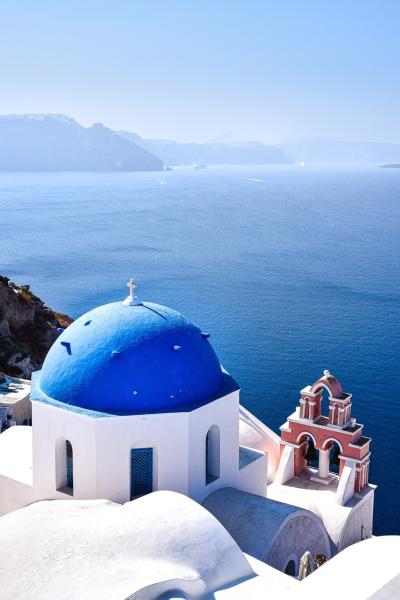
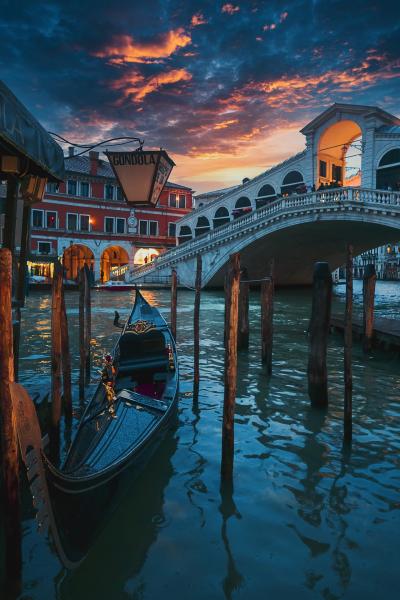
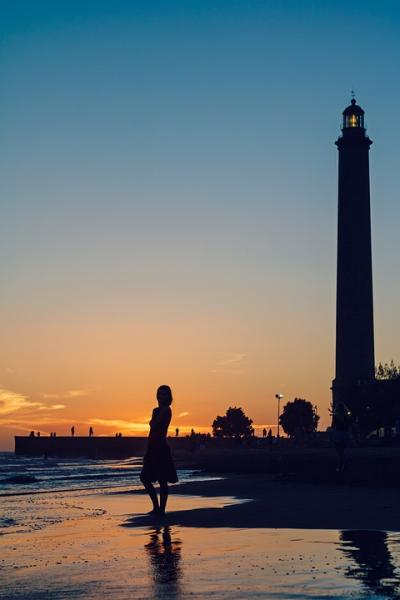
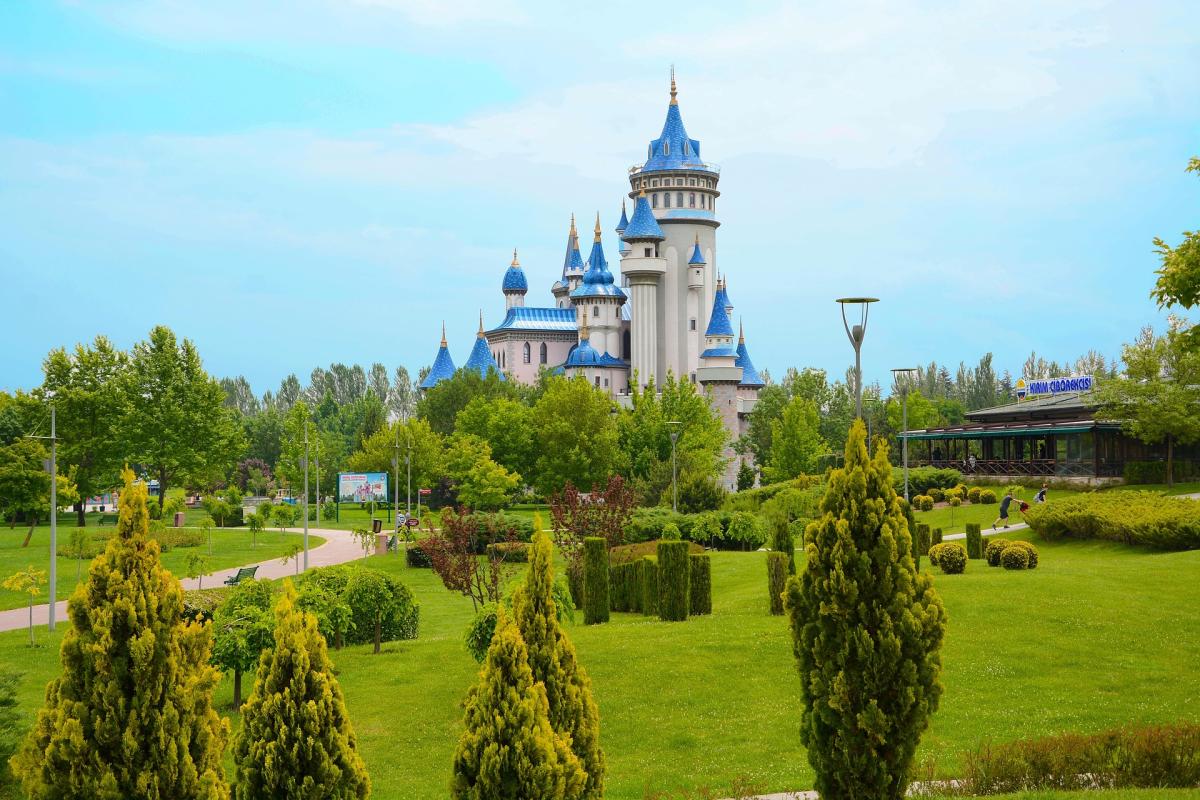
Welcome to Eskişehir! Often called the Student City or the Venice of Anatolia, this vibrant and modern city in northwestern Turkey is a delightful surprise for many travelers . With the picturesque Porsuk River flowing through its heart, a youthful energy fueled by its large university population, and...
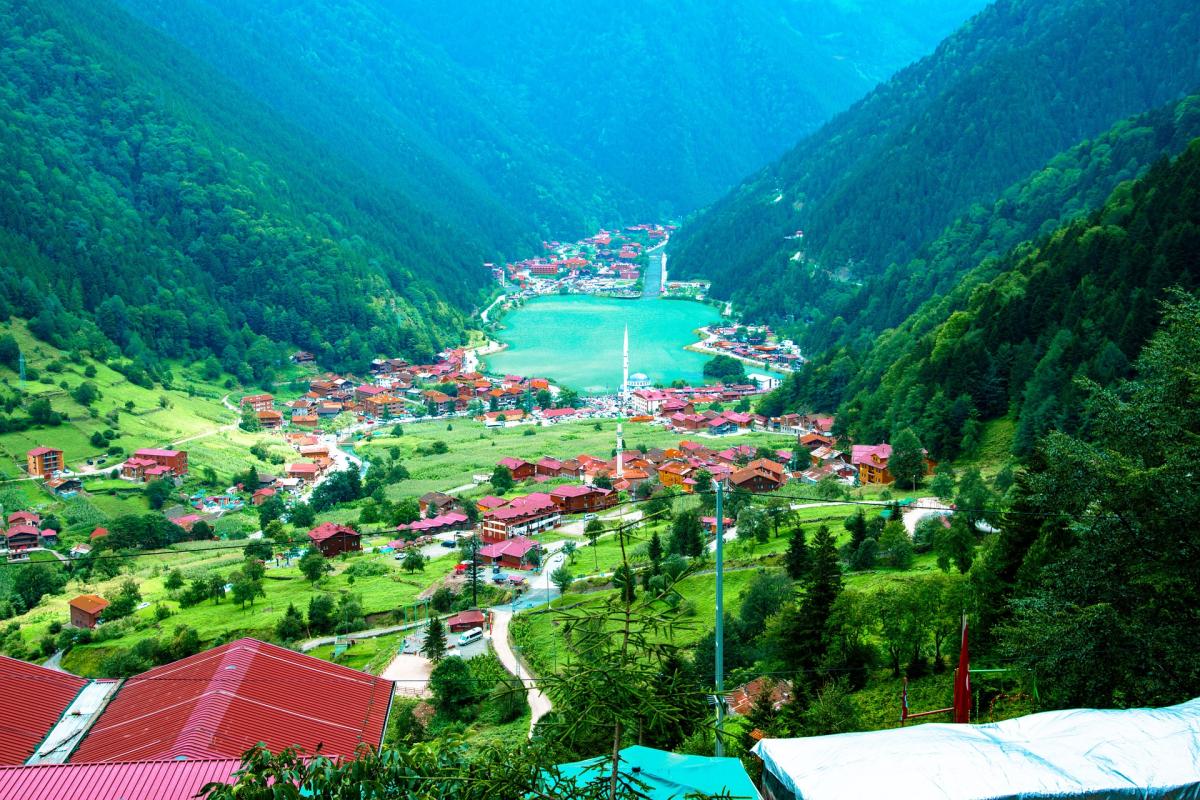
Welcome to your in-depth guide to planning a memorable trip to Trabzon, a captivating city nestled on the Black Sea coast of northeastern Turkey. Boasting a rich and layered history stretching back to antiquity, Trabzon has been a melting pot of cultures and a strategic center of power and trade . Known...
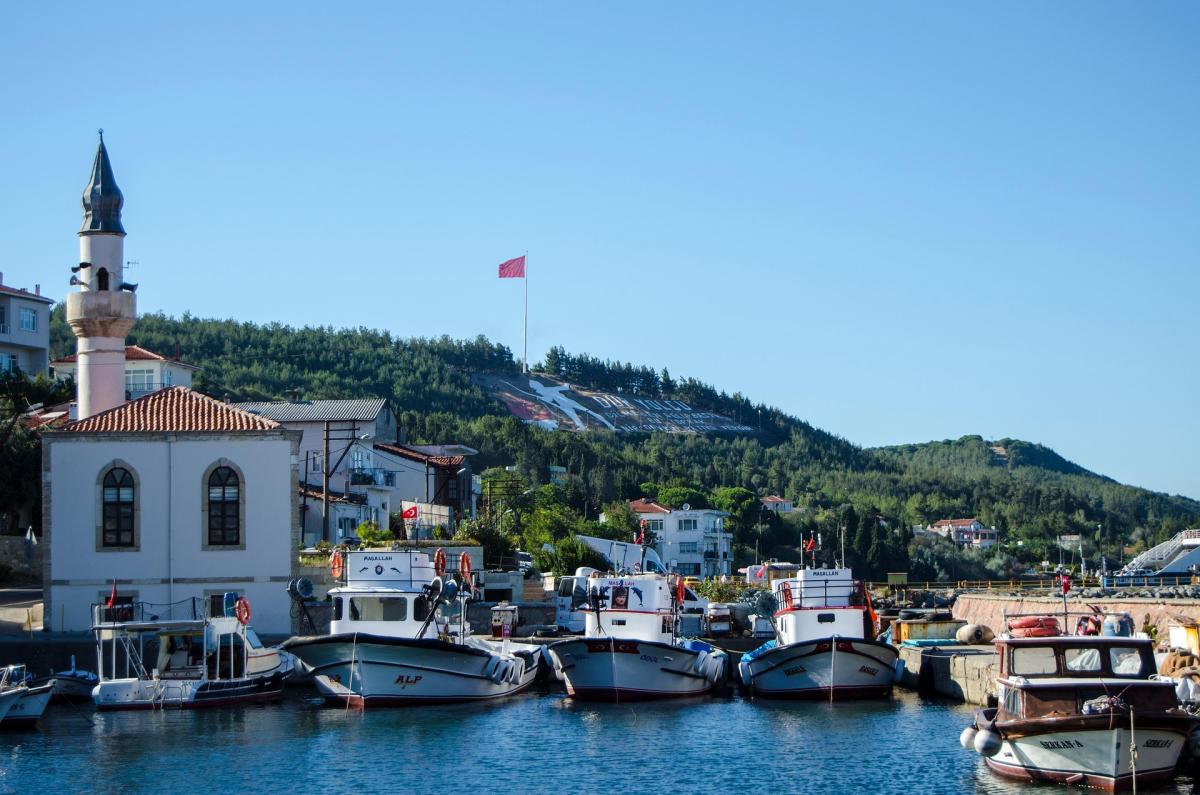
Nestled on the southern coast of the Dardanelles Strait, the vital waterway connecting the Aegean Sea to the Sea of Marmara, Çanakkale is a city where history, myth, and modern life converge . This vibrant university city serves as the primary gateway to two of Turkeys most profound historical sites:...